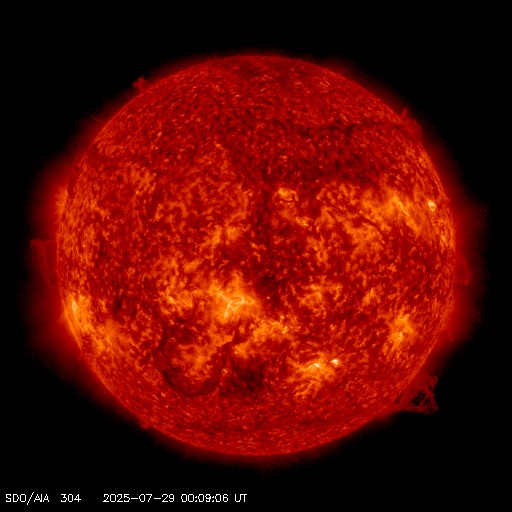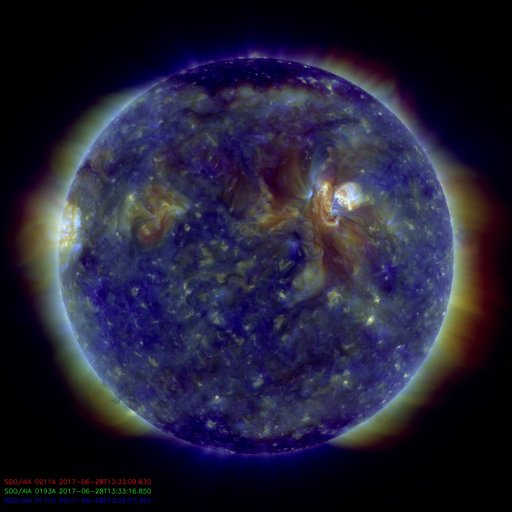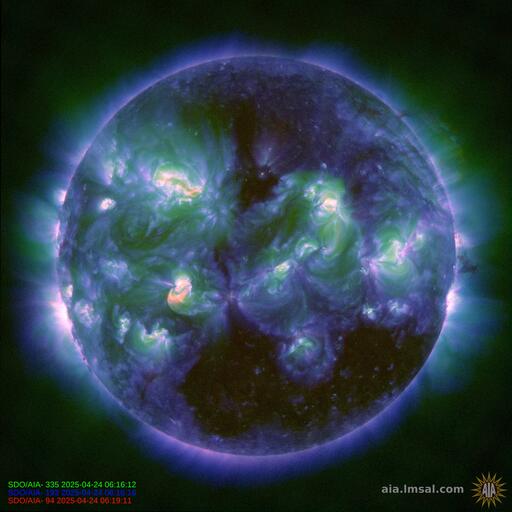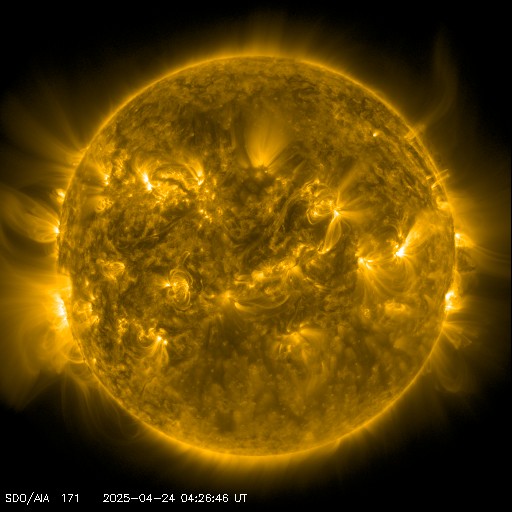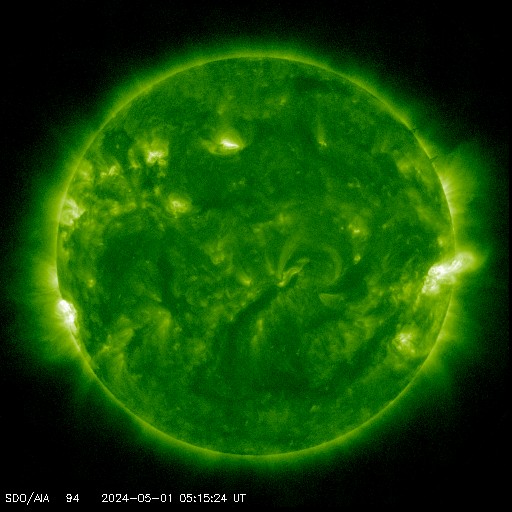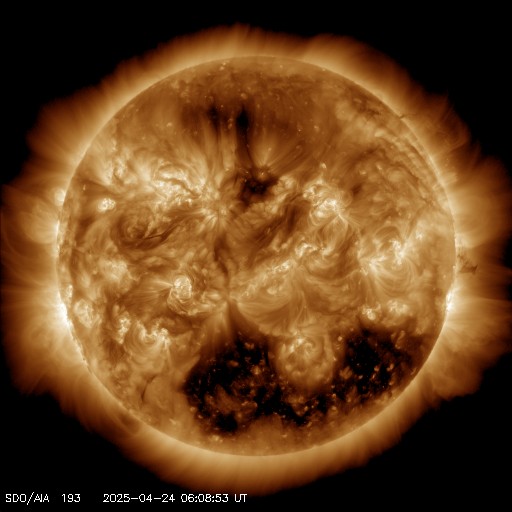Out of nowhere! At this time there is a LDE (long duration event) M flare in progress . This M class solar flare event began today, March 15th just before 06:00 UTC and is currently at a M1.2 reading. The source of this LDE M flare is sunspot 1692 that is located in the very northern center of the solar disk.. Long duration events such as we are seeing right now are commonly associated with CME's. Because of this, we will be watching close for any signs of a CME that may be ejected toward Earth as well as what sunspot this event took place around.
New Updates added! Click on the report title to view full report & all new updates.
New Updates added! Click on the report title to view full report & all new updates.
Today's M flare event started taking place at the same time SWPC issued an alert that there is a Geomagnetic Sudden Impulse. This indicated that the CME we were expecting for March 15th has now arrived

